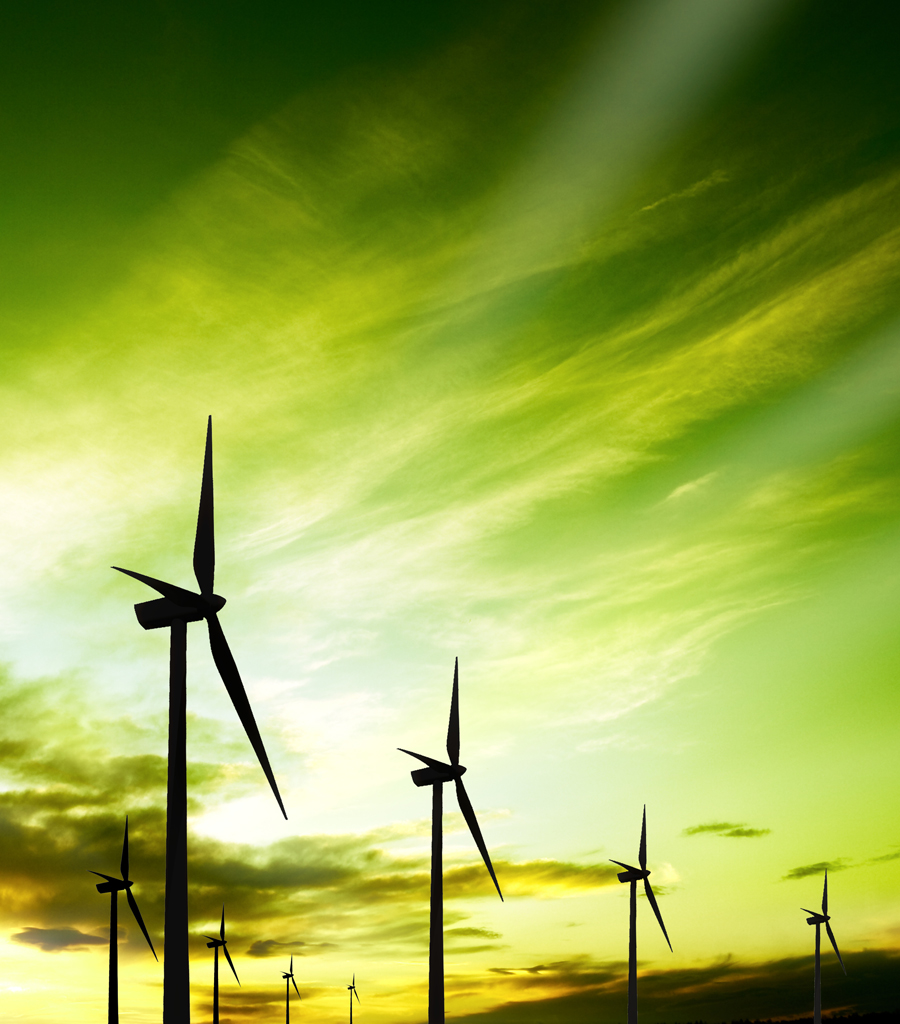With the debate raging on how the UK can transition to a sustainable, secure low-carbon energy supply, an inexhaustible natural resource is being harnessed to play a major role in reducing carbon emissions. That resource is wind and for once, the UK is at the top of the class. With one of the longest coastlines in Europe and the highest average wind speeds, the UK is ideally placed to harness this energy source.
The UK is in the midst of a major energy infrastructure transformation. Around a fifth of its electricity generating capacity will be lost by 2020 - rising to 50% by 2030 - as ageing power stations reach the end of their operational lives or are simply unable to meet carbon emission legislation.
Since 2010, an average of £7bn has been invested each year in UK-based renewable energy, with 15% of the country's electricity now coming from renewable sources, according to the UK Government’s report 'Delivering UK Energy Investment'.
The report says: "The UK is the clear world leader in offshore wind and has more installed capacity (3.8GW) than any other country, supporting 18,300 jobs. By 2020 we could see capacity reach 10GW, enough to power almost 7 million homes."
Offshore wind is by no means the only solution to achieving a low-carbon future, but it has a vital role to play in the UK energy mix. A diverse range of energy sources is needed to future-proof our energy supplies, ensuring that the country is not overly dependent on one fuel. But renewable technologies are crucial to meet climate change targets, as the Government has set the goal of an 80% reduction in greenhouse gas emissions by 2050.
Right at the top of the agenda is the need to bring down costs. Still in its infancy, the industry seeks to reduce the cost of electricity by around 30% to £100 per megawatt hour (MWh) for projects where final investment decisions are being made in 2020. Government subsidy levels are expected to naturally tail off as offshore wind technology matures over the next decade and the costs come down.
Work is being undertaken to make savings at every stage in wind farm development process - from design right through to construction and operation. Scale matters because larger wind farms allow for the standardisation of components and construction techniques, driving down costs. Bigger orders for larger wind farms help the industry to attract and support a UK supply chain. They also encourage international manufacturers to invest there, as illustrated by the recent decision by Siemens, a German engineering conglomerate, to build a factory on Humberside to manufacture wind turbines.
Few areas are off limits in the quest for cost reduction. The industry is driving innovation in areas such as foundations, cables, substations and construction techniques and there is an opportunity for the UK to consolidate its leadership position in this emerging sector.




